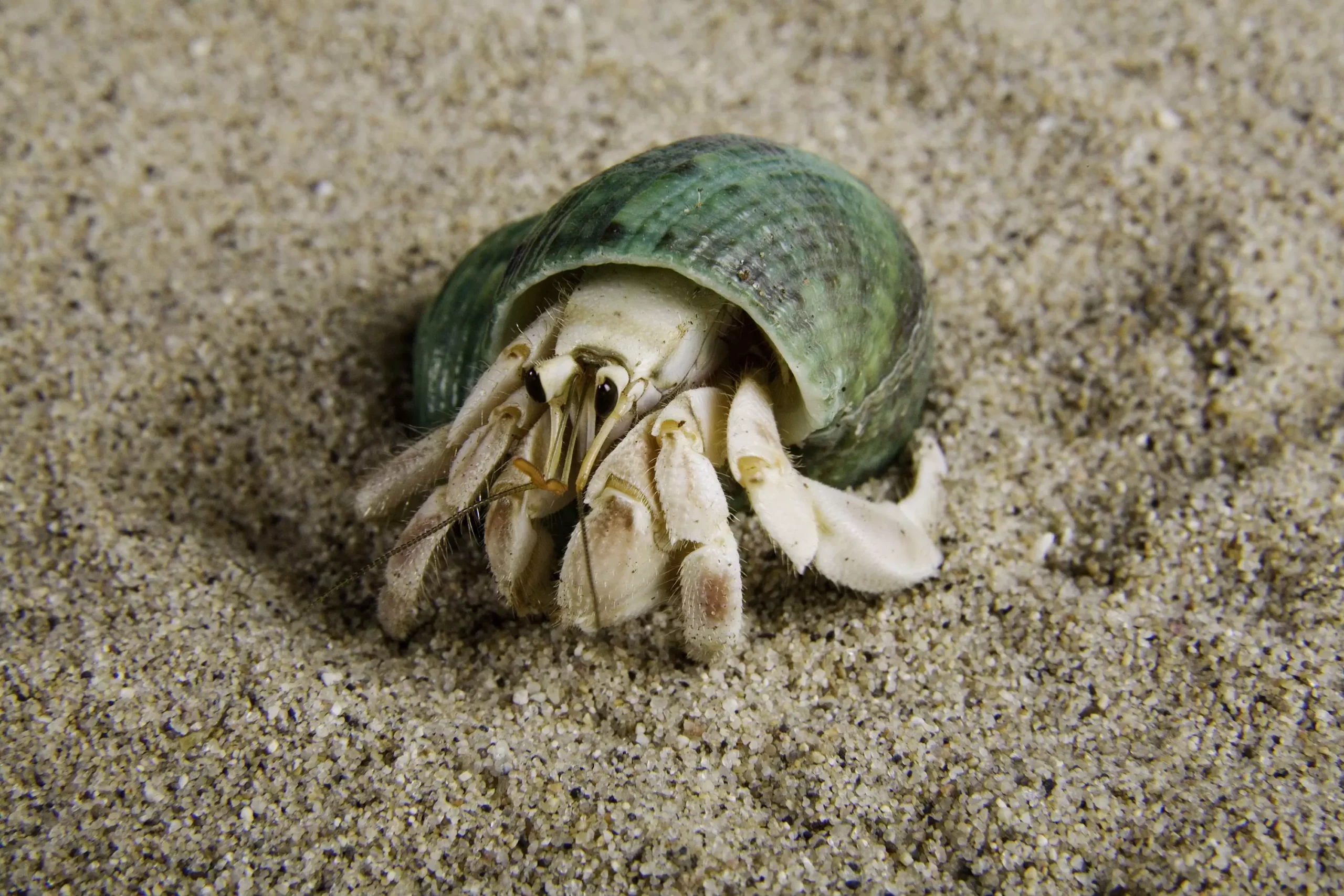Hermit crabs are fascinating creatures that have captured the hearts of many pet enthusiasts. Despite their small size, their dietary needs are surprisingly intricate. In their natural habitat, these crabs are omnivores, which means they eat a variety of foods, ranging from organic matter in their environment to decaying plant material. As pets, they also benefit from a balanced diet that can include fruits, vegetables, proteins, and specially formulated foods. However, understanding what hermit crabs an eat safely and healthily is crucial to their longevity and overall well-being.
Hermit crabs are equipped with ways to sense their environment, particularly when it comes to identifying food. One unique feature is their ability to smell through their antennae, which bear receptors that detect odors. It might seem surprising that these creatures can “smell” food without a nose, yet they rely on the sensory hairs on their antennae to pick up scents in their surroundings. Observations of hermit crabs reveal their preference for smelly food items—a trait that underscores their reliance on smell to forage, whether in the wild or in captivity. This highlights the importance of providing fresh and aromatic food choices that will attract them out of their shells.
When considering what to feed hermit crabs, it is vital to emphasize a diverse diet that includes natural and unprocessed foods. While hermit crabs can consume processed foods designed specifically for them, the best approach is to provide a wide variety of fresh options. Foods rich in calcium, carotene, and antioxidants help support their health and vitality. Calcium strengthens their exoskeleton, while carotene plays a critical role in coloration and vision. Antioxidants, abundant in many fruits and vegetables, contribute to overall health by fighting oxidative stress.
A common method used to assess a hermit crab’s dietary needs involves observing changes in coloration, especially after molting, a period of vulnerability for these creatures. If a hermit crab’s color fades post-molt, it may indicate a deficiency in key nutrients—prompting the owner to reassess their feeding regimen.
Fruits can be an enjoyable part of a hermit crab’s diet, providing essential vitamins and minerals. Some safe fruit options include:
– Mango
– Papaya
– Coconut (fresh or sugar-free dried)
– Apple
– Banana
– Grapes
– Pineapple
– Strawberries
– Melon
– Raisins
These fruits not only offer vital nutrients but also allure hermit crabs with their scent and taste. It should be noted that cutting fruits into small pieces is not necessary; hermit crabs can tackle larger pieces themselves. This natural foraging behavior is essential and encourages them to engage with their food actively.
Food safety is paramount when feeding hermit crabs. Any fruit or vegetable provided should be thoroughly washed and dried to eliminate harmful pesticides. This attention to detail helps ensure a healthy diet devoid of contaminants. Food can be presented directly in the habitat or in shallow dishes to facilitate easy access.
Besides solid food, hermit crabs require both fresh and saltwater for hydration and bathing. It is essential to provide two separate bowls within their environment: one for clean drinking water and another filled with appropriately prepared saltwater. It is critical to use a dechlorinating solution for tap water, as harmful chemicals can be detrimental to hermit crabs. Specialized saltwater mixes are available for crafting a safe salinity level, ensuring these creatures thrive in their aquatic environment.
Caring for hermit crabs requires not only an understanding of their basic needs but also a commitment to providing a balanced diet. By focusing on fresh, nutritious, and varied food options, owners can ensure their hermit crabs live healthy and fulfilling lives. Observing their feeding habits and physical condition can help identify any shortcomings or necessary adjustments in their diet. Ultimately, a well-rounded approach to nutrition will result in happy and vibrant hermit crabs, enriching the experience for both the pet and its owner.

